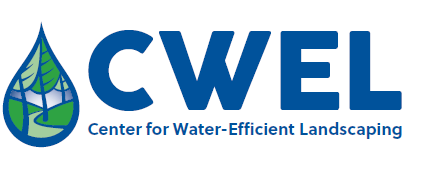Document Type
Article
Journal/Book Title/Conference
International Turfgrass Society Research Journal
Volume
11
Publisher
International Turfgrass Society
Publication Date
2009
First Page
41
Last Page
54
Abstract
Returning clippings can provide N to turf, but the amount of plant-available N derived from clippings is not easy to quantify. An accurate estimate of N released by clippings would be useful in guiding turf N fertilizer recommendations. The objective of this study was to determine if anion-exchange membranes (AEMs) could be used to quantify plant-available soil N when clippings are returned. A greenhouse and two field experiments were set out in randomized block designs using a factorial arrangement of 2 clipping practices [removed (CRM) and returned (CRT)] and 4 rates of N fertilization (0 to 392 kg N ha-1 yr-1) on a cool-season lawn turf. Cumulative N uptake in the clippings was determined and correlated to AEM desorbed NO3–N. Returning clippings resulted in greater overall N uptake and AEM desorbed NO3–N. However, the response of N uptake to AEM desorbed NO3–N was not the same for CRM and CRT treatments. Uptake was greater for CRT than CRM at any given AEM desorbed NO3–N level past the minimum values. This suggests that, in addition to NO3–N, other N forms (most likely NH4–N) are being released from the clippings and taken up by the turf. Anion exchange membranes alone are not adequate to quantify the plant-available N provided by returned clippings. To accurately assess the total pool of plant-available N to turf when clippings are returned with ion-exchange technology, cation- and anion-exchange resins are needed to quantify the total plant-available N pool derived from clippings.
Recommended Citation
Kopp, Kelly L. and Guillard, Karl, "Quantifying turfgrass-available N from returned clippings using anion exchange membranes" (2009). CWEL Publications. Paper 51.
https://digitalcommons.usu.edu/cwel_pubs/51


